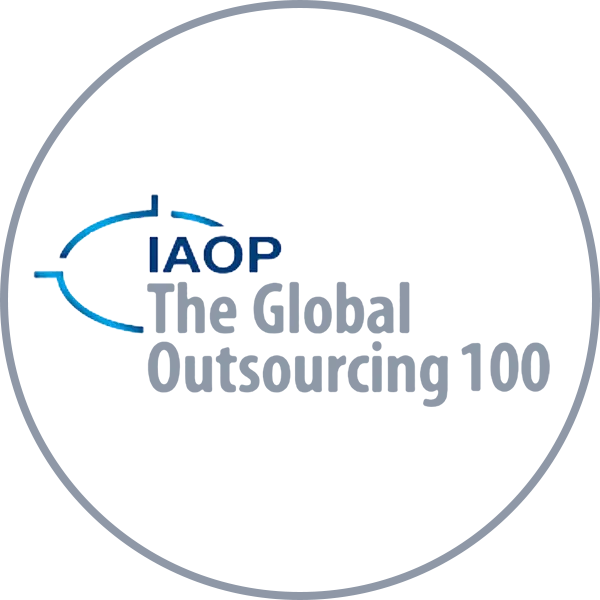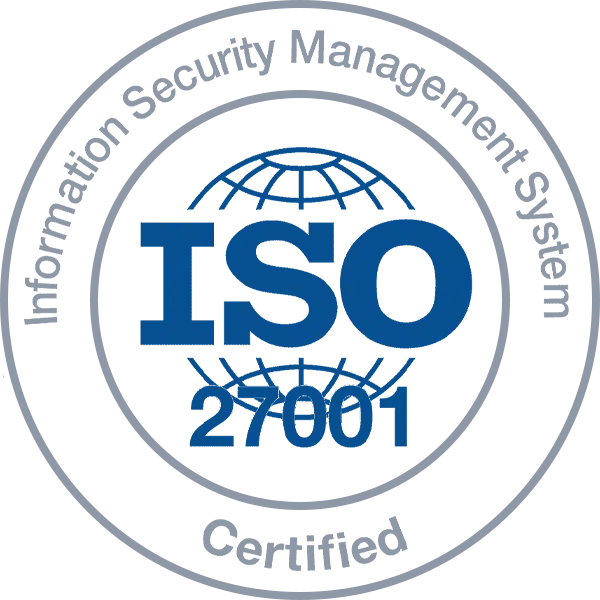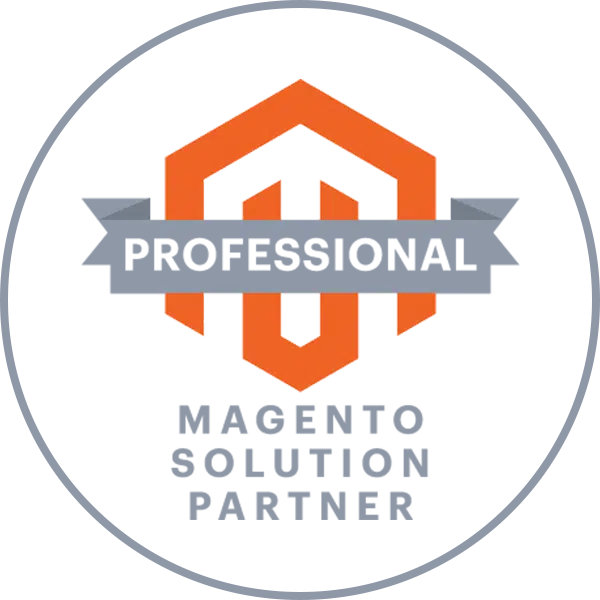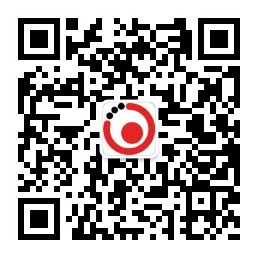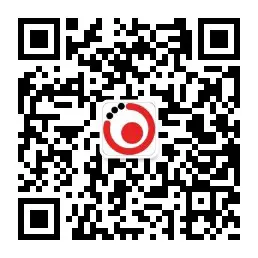In the contemporary digital landscape, the Internet has evolved from a simple network of interconnected computers into an extensive matrix of diverse devices, each equipped with the capability to collect and exchange data. This transformation is termed the Internet of Things (IoT), a groundbreaking technological shift that is pivoting the dynamics of our global environment.
What is IoT?
At its core, IoT is a system where physical objects—from simple gadgets to complex machinery—are equipped with sensors, software, and connectivity. These “smart” devices can communicate with each other and with centralized systems, sending and receiving data with minimal human intervention.
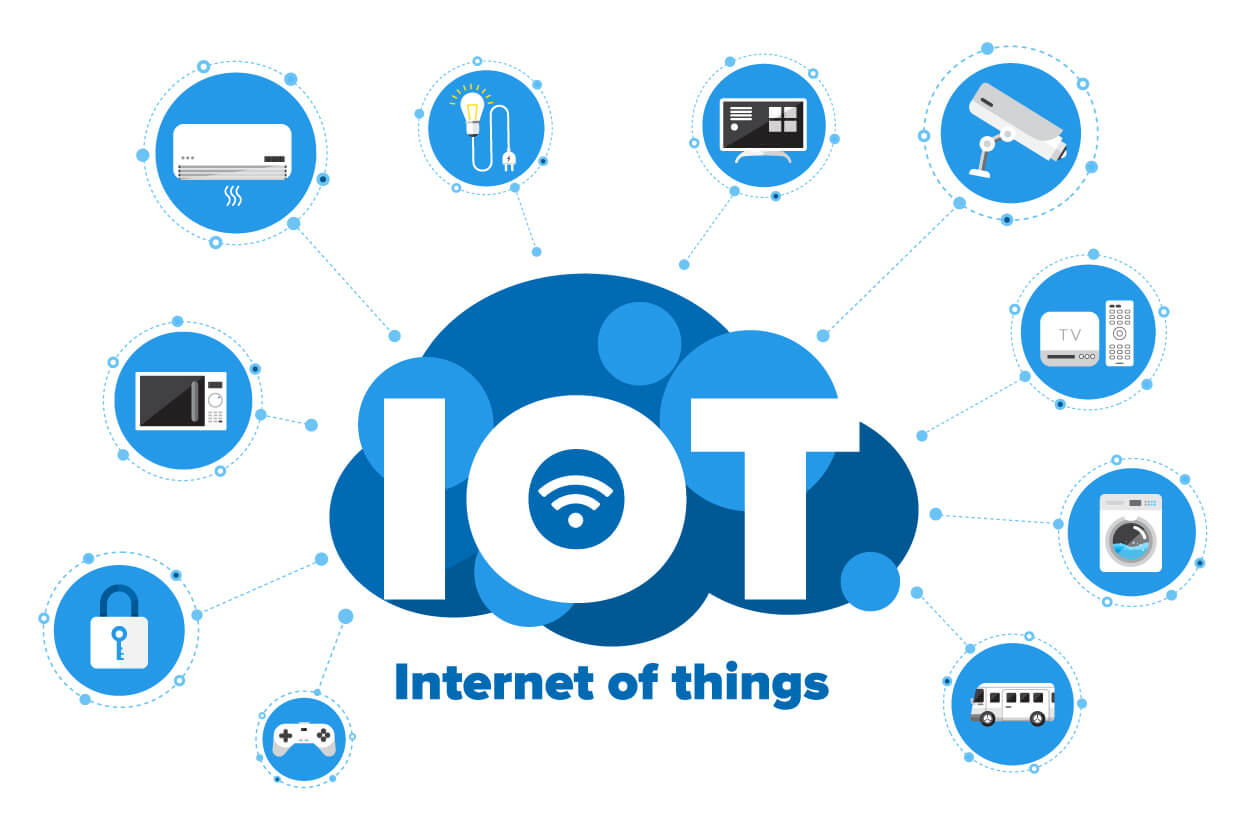
How Does IoT Work?
Sensing and Data Collection:
Each IoT device is equipped with sensors that detect various parameters such as temperature, pressure, motion, humidity, or light intensity. These sensors continuously collect data about their environment or operational status.
Connectivity and Communication:
The collected data is then transmitted over wireless networks, using communication protocols like Wi-Fi, Bluetooth, Zigbee, or cellular networks. This connectivity allows devices to share information in real-time.
Data Processing and Analysis:
Once data is received by a hub or cloud server, it is processed and analyzed. Machine learning algorithms and data analytics methods are often employed here to derive insights and make informed decisions.
Action and Control:
Based on the analysis, IoT devices can automatically adjust their behavior. For example, a smart thermostat might adjust the room temperature based on whether someone is home or not.
While IoT offers immense potential, it also presents challenges. Privacy concerns are paramount, as the data collected by these devices is often personal. Cybersecurity risks are another major issue; securing millions of connected devices is no small feat. Furthermore, the lack of standardization across devices and platforms can lead to compatibility issues.
The Internet of Things represents a significant shift in how we interact with technology. As our world becomes increasingly connected, IoT promises to deliver a future where everyday objects work together seamlessly to improve efficiency, save energy, and enhance our quality of life. However, achieving this vision requires careful consideration of privacy, security, and standardization.
As we move forward, embracing IoT while addressing its challenges will be crucial to unlocking its full potential for society.
